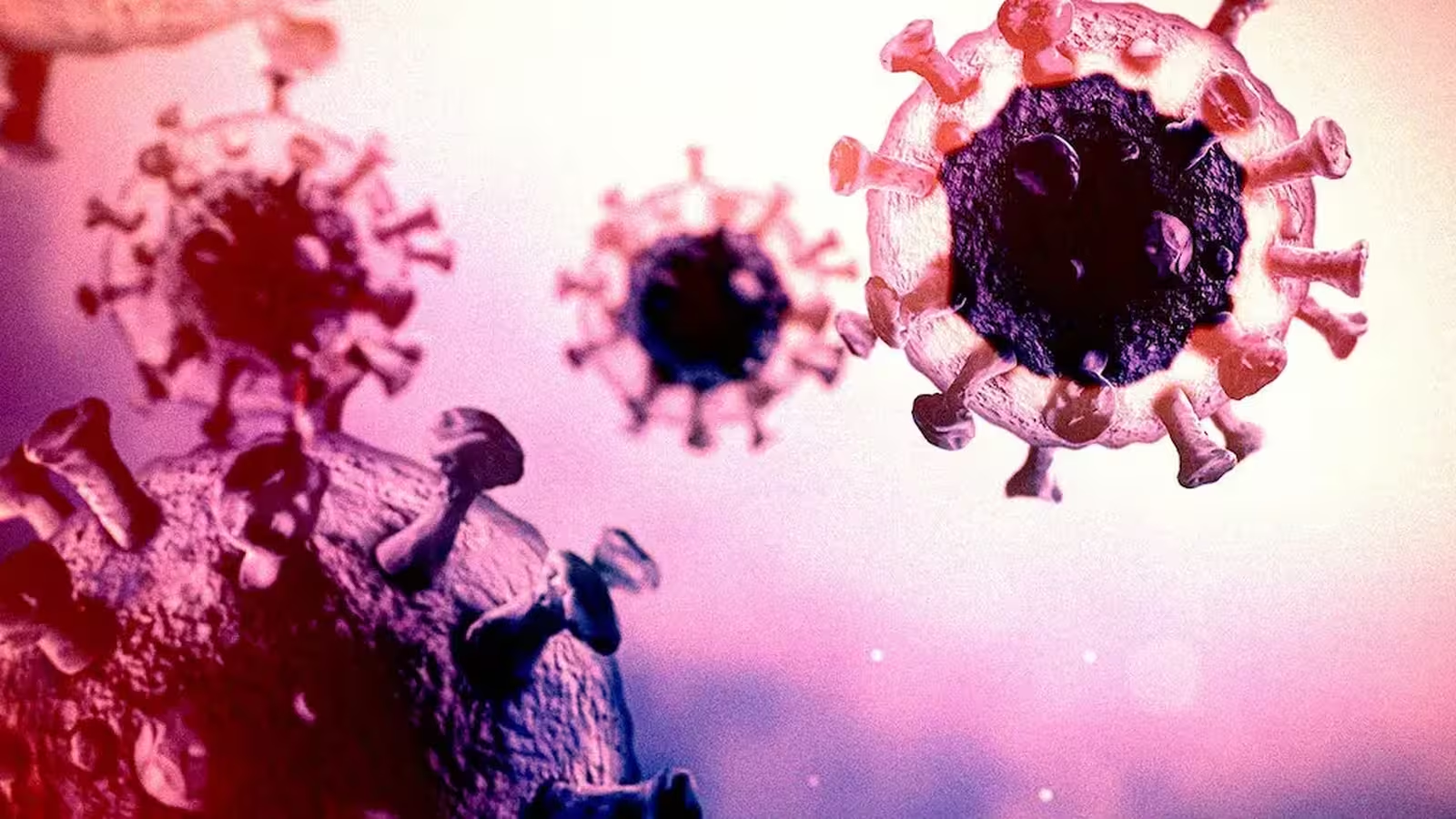5 Minutes
Revolutionary Step in HIV Research: Making the Invisible Visible
Scientists at the Peter Doherty Institute for Infection and Immunity in Melbourne, Australia, have announced a significant advance in the global pursuit of an HIV cure. As published in the journal Nature Communications, the researchers have developed an innovative technique for exposing latent HIV—an elusive step long considered essential but nearly insurmountable in eradicating the virus from the human body. This development could chart a promising course toward novel HIV treatments with life-saving potential.
Scientific Background: The Challenge of Latent HIV
The human immunodeficiency virus (HIV) remains one of the world's most intractable health threats, infecting over 39 million people globally. HIV weakens the immune system by targeting white blood cells, and if left untreated, it can progress to acquired immunodeficiency syndrome (AIDS), a potentially fatal condition. Though antiretroviral therapies can suppress viral replication to undetectable levels, the virus can persist in a dormant state within immune cells, forming so-called 'reservoirs' that evade both immune responses and modern medications.
For decades, these hidden reservoirs have been the single greatest obstacle to curing HIV. The few documented cases of complete cure have involved intensive, high-risk treatments often deemed unsuitable for widespread clinical use. Thus, researchers worldwide have sought ways to "flush out" or reveal hidden HIV, making it vulnerable to the body’s immune system or targeted therapies.
Innovative Nanotechnology: Lipid Nanoparticles and mRNA Delivery
In this landmark study, the Australian research team engineered a novel delivery method using messenger RNA (mRNA) encapsulated within lipid nanoparticles (LNPs). These LNPs—specialized microscopic bubbles of fat—can effectively transport genetic instructions into specific human cells.
A new variant, termed LNP X, demonstrated the unique ability to infiltrate white blood cells that harbor inactive HIV. Once inside, the mRNA molecules delivered by the nanoparticles instruct the cell to express certain signals, effectively making the hidden virus visible to both researchers and, potentially, to the patient’s immune system.
Dr. Paula Cevaal, research fellow at the Doherty Institute and lead author of the study, remarked, “It was previously thought nearly impossible to get mRNA into HIV-infected white blood cells. This new class of nanoparticles opens up an entirely new strategy.” Cevaal described her team's reaction to their findings as “gasping in disbelief” at the technology’s sudden effectiveness after years of limited progress.
Potential Implications and Next Steps
While this discovery marks a pivotal advance, several hurdles remain before it can be translated into a clinical HIV cure. The critical question is whether revealing hidden HIV in human patients will make the virus susceptible to natural immune clearance or targeted medical interventions. Researchers also anticipate the possibility of combining this approach with advanced gene-editing therapies or immune-boosting drugs to maximize therapeutic impact.
Rigorous validation lies ahead: the method must first succeed in animal models and then undergo phased human clinical trials to demonstrate safety and efficacy. Such development is a process that could span years, but according to Dr. Cevaal, “In HIV cure research, we’ve never seen anything that works this well at illuminating the virus. It’s a hopeful start, though there is much work ahead.”
Expanding Horizons: Applications Beyond HIV
The innovative mRNA-LNP platform could have far-reaching implications in biomedicine. Researchers are already exploring its adaptability for other persistent viral infections and complex diseases, such as certain forms of cancer. By enabling precise delivery of genetic instructions, this technology could help target and reveal abnormal or malignant cells previously undetectable using standard diagnostic or therapeutic techniques.
Conclusion
This breakthrough in nanoparticle-enabled mRNA delivery represents one of the most promising leaps forward in HIV cure research in recent years. By successfully making latent HIV visible in white blood cells, the Australian team provides a potentially game-changing mechanism for targeting virus reservoirs—a challenge that has stymied efforts for decades. While considerable work remains before this approach reaches clinical application, the discovery opens exciting new avenues not just for HIV, but also for the treatment of other challenging diseases. The global scientific community will be watching closely as these pioneering strategies move toward future trials and, hopefully, eventual cures.
Source: futurism


Leave a Comment